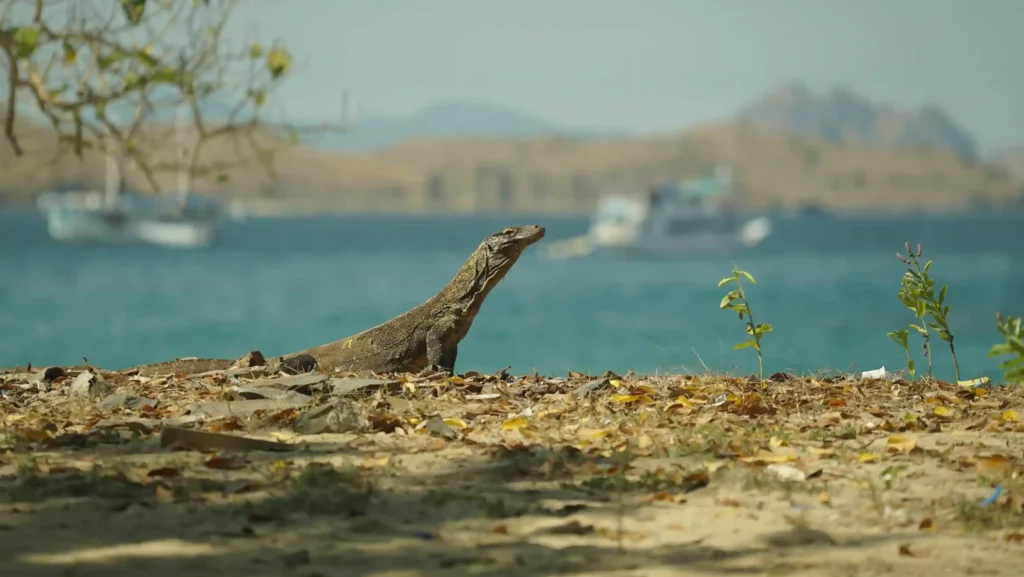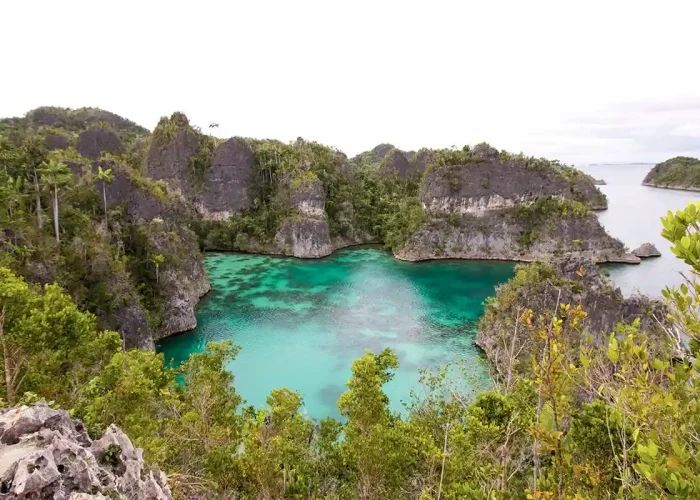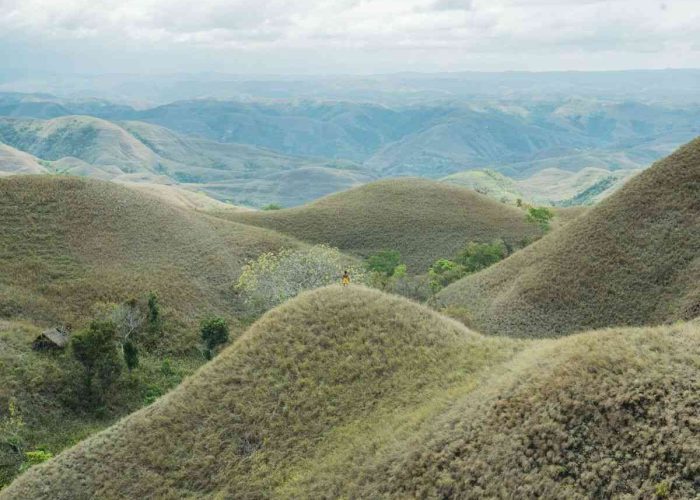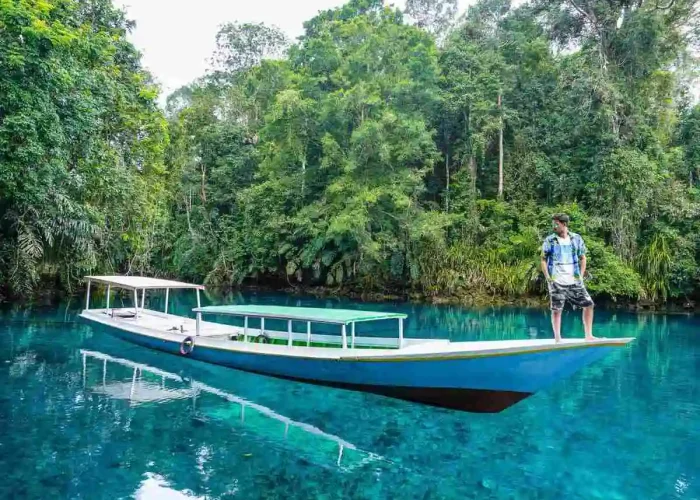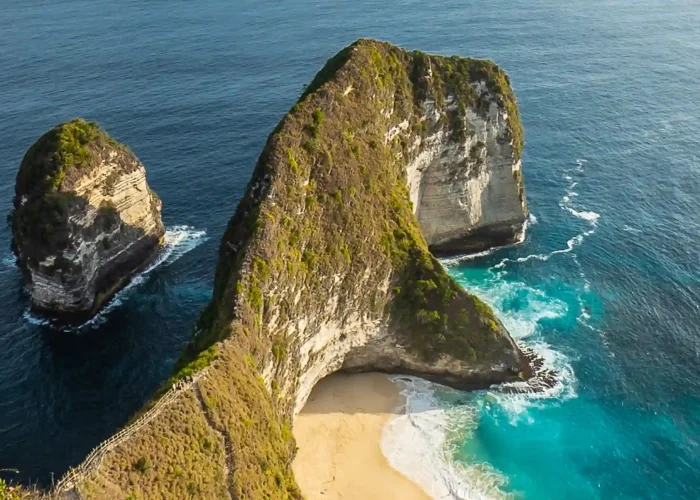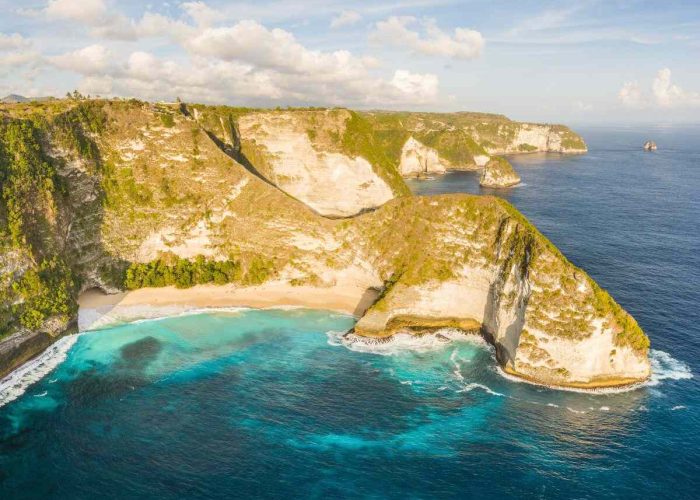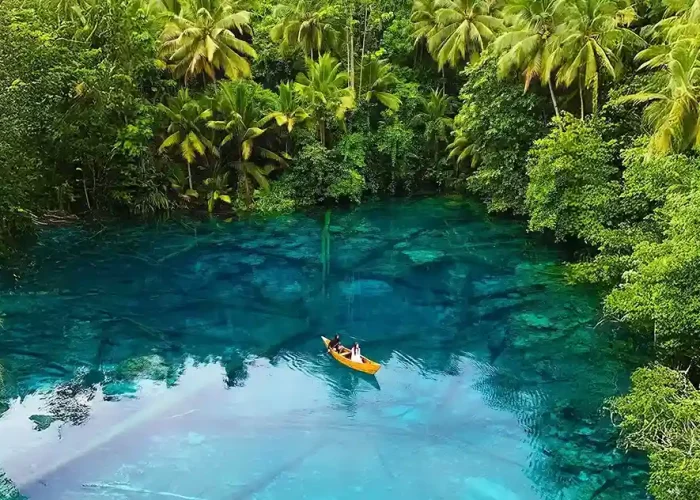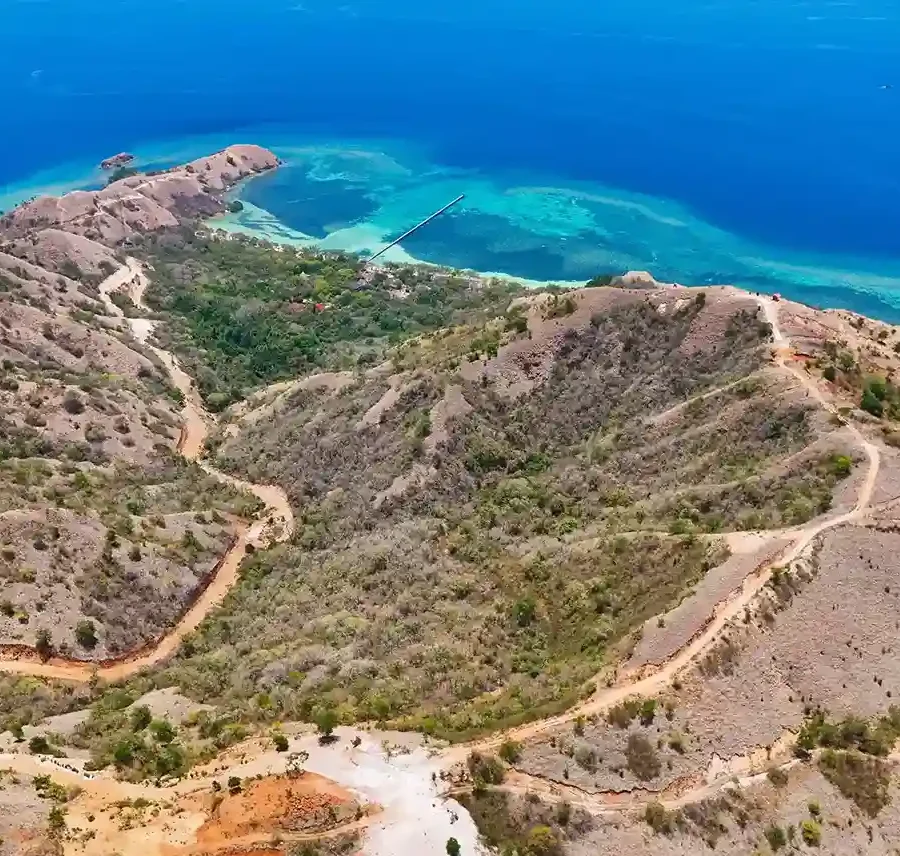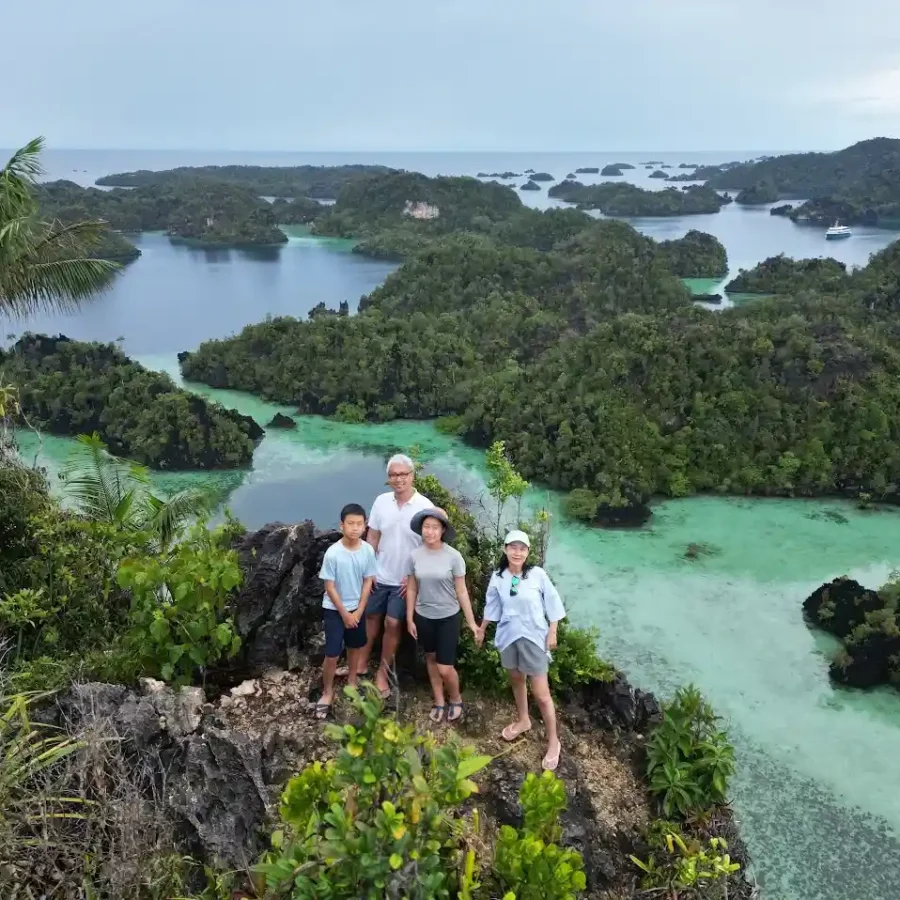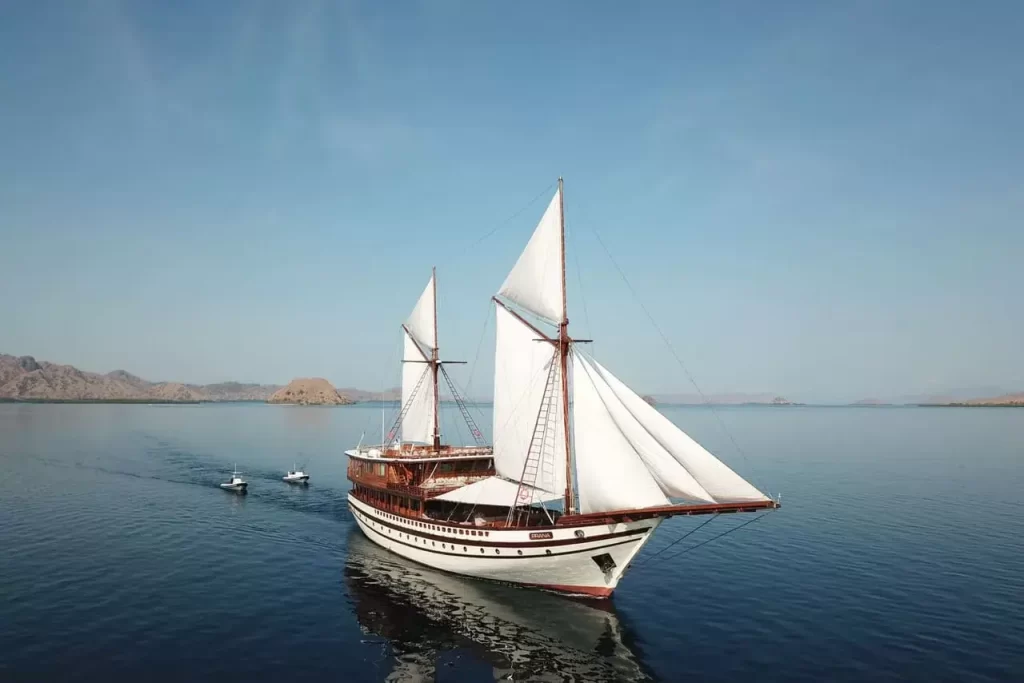If you’ve ever seen a Komodo dragon in person inside Komodo National Park or watched a documentary about this prehistoric reptile, you’ve probably wondered: can Komodo dragons reproduce without mating? The question sounds unusual because we normally understand animal reproduction as something that requires both a male and a female. But Komodo dragons have a unique way to ensure their species survives, even when the number of males in the population is extremely limited.
Komodo dragons are the world’s largest reptiles, found only on a few Indonesian islands such as Komodo, Rinca, Flores, and Gili Motang. Reaching up to 3 meters in length and weighing up to 90 kg, they are not just giants but also intelligent predators. Behind their size and strength lies a fascinating reproductive fact that’s worth knowing.
Table of Contents
TL;DR
- Komodo dragons can reproduce without mating through parthenogenesis, a form of asexual reproduction.
- Parthenogenesis allows female Komodo dragons to produce male offspring without a male partner. This strategy is crucial for Komodo survival, especially on isolated islands.
- Offspring from parthenogenesis are typically healthy but have limited genetic diversity.
- Seeing Komodo dragons in their natural habitat with IndonesiaJuara Trip offers an educational and exciting experience.
Can Komodo Dragons Reproduce Without Mating?
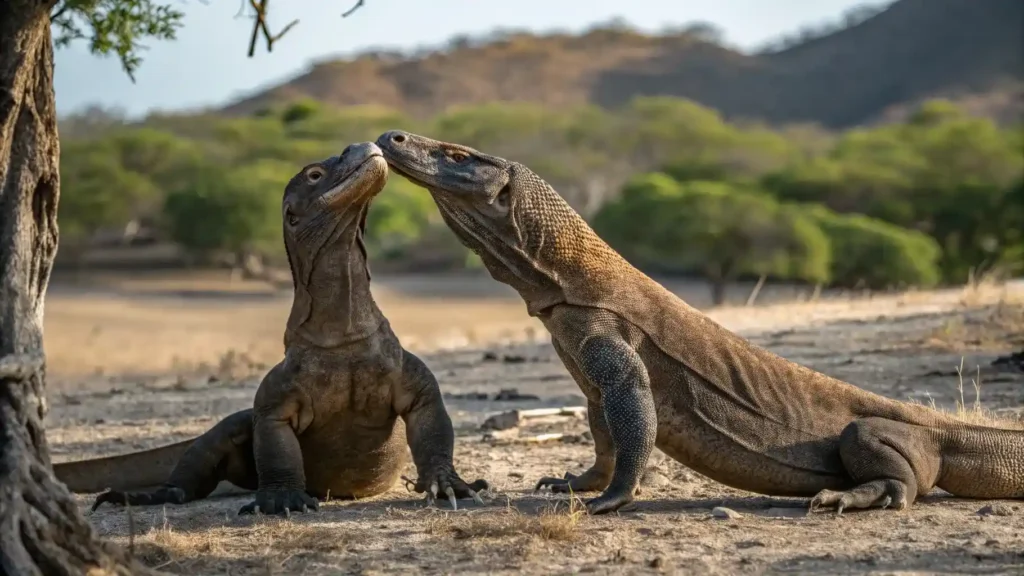
Yes, Komodo dragons can reproduce without mating. This phenomenon is known as parthenogenesis, and it’s actually an incredible survival strategy. Imagine a situation on a small island where male Komodo dragons are extremely rare. If every female relied solely on sexual reproduction, the species would face a much higher risk of extinction. This is exactly where parthenogenesis comes in.
A female Komodo dragon can produce eggs that hatch into baby Komodo dragons even without being fertilized by a male. This is very different from most animals, making Komodo dragons uniquely adaptive. Still, sexual reproduction remains the primary method for maintaining genetic diversity. Parthenogenesis acts more as a temporary “bridge” for survival.
What Is Parthenogenesis in Komodo Dragons?
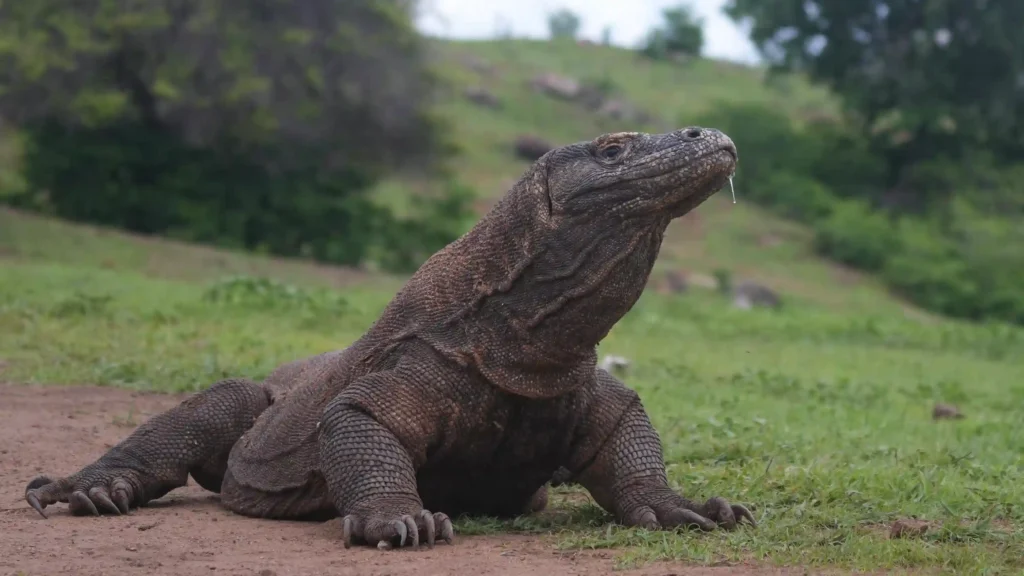
Parthenogenesis comes from Greek, meaning “birth from a virgin,” and in Komodo dragons, it’s a particularly unique phenomenon. In simple terms, a female Komodo dragon can produce offspring without needing a male. This has drawn scientific interest because it’s a rare adaptation among large reptiles.
This phenomenon becomes especially important in habitats where males are scarce, as it allows the species to continue thriving. Interestingly, the first documented cases of virgin birth in Komodo dragons were observed in zoos. This helps us understand how nature gives Komodo dragons special strategies to ensure their survival.
How Do Komodo Dragons Reproduce Without Mating?
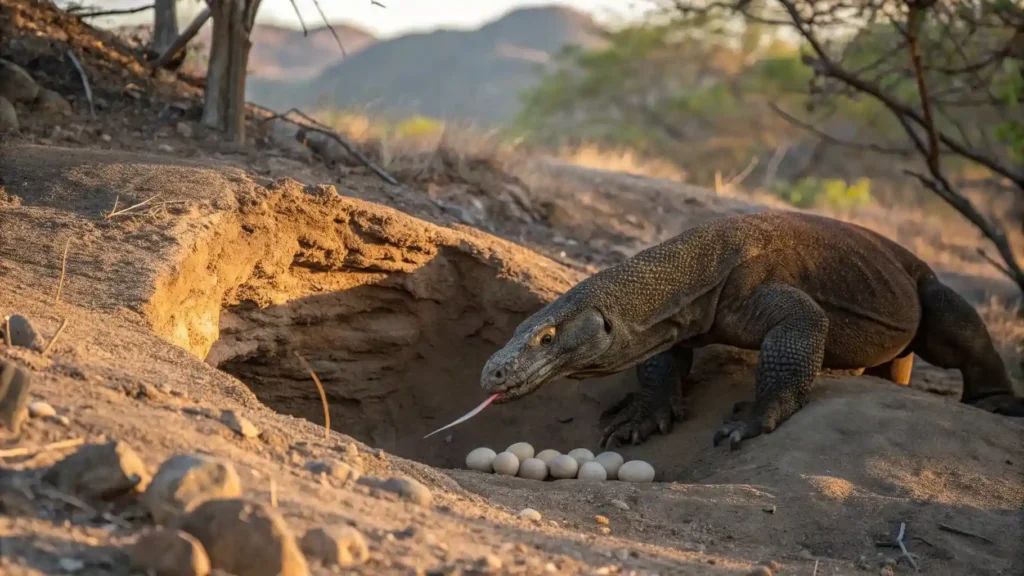
The process begins when the egg cell in a female Komodo dragon duplicates its own chromosomes, creating a complete set of genetic material needed to form a new embryo. Through this self-duplication mechanism, the egg can develop into a baby Komodo dragon even without fertilization from a male.
What’s even more interesting is that due to the Komodo dragon’s chromosome system, parthenogenesis almost always produces male offspring. Female Komodo dragons have ZW chromosomes, while males are ZZ. During parthenogenesis, a ZW egg duplicates itself, combining into ZZ, producing male hatchlings. These baby Komodo dragons are born healthy, fully capable of surviving, and grow normally just like offspring produced through sexual reproduction. This mechanism is one of the most unique examples of Komodo dragon asexual reproduction found in modern wildlife.
Read more: How Komodo Dragons Reproduce? Explore Their Unique Process Here!
Can Baby Komodo Dragons from Parthenogenesis Survive Normally?

Studies show that baby Komodo dragons born through parthenogenesis are generally healthy, active, and fully capable of surviving in the wild just like any other hatchlings. They can grow, learn to hunt, and adapt to their surroundings even though they come from a single parent. However, because all offspring share identical genetic material from one female, their genetic diversity tends to be lower. This makes populations more vulnerable to environmental changes and disease.
That’s why sexual reproduction remains essential for future generations, helping maintain a healthy and adaptive Komodo population. Parthenogenesis in Komodo dragons works more as a temporary survival mechanism to prevent extinction. These parthenogenetic babies eventually grow into males that can mate with other females, restoring genetic balance. This strategy shows how nature equips Komodo dragons with remarkable tools to survive in places where males may be limited.
Parthenogenesis vs Normal Sexual Reproduction in Komodo Dragons
If you’re curious, the differences between parthenogenesis and normal sexual reproduction in Komodo dragons are pretty clear and fascinating. Here are some key points specific to this species:
Genetic Diversity
- Parthenogenesis produces offspring entirely from one female, resulting in extremely low genetic diversity.
- Sexual reproduction combines genetic material from both male and female dragons, creating more adaptive and disease-resistant populations.
Sex of Offspring
- Parthenogenesis almost always produces male baby Komodo dragons due to their ZW → ZZ chromosome mechanism.
- Sexual reproduction produces both males and females, helping maintain balanced populations in the wild.
Function and Strategy
- Parthenogenesis acts as a temporary survival strategy, especially on islands where males are scarce.
- Sexual reproduction remains the long-term method for sustaining healthy Komodo populations.
Through this, we can clearly see that parthenogenesis isn’t a replacement for sexual reproduction, it’s nature’s clever backup plan to ensure the species doesn’t disappear.
Tips for Observing Komodo Dragons in Their Natural Habitat
If you’re planning to see Komodo dragons in their natural environment, here are some tips to make your experience safer and more enjoyable:
- Choose the Right Time
The dry season is ideal because trails are less slippery, making trekking more comfortable. Plus, clearer visibility helps you observe Komodo dragons while they’re active. - Follow Guidance from Local Rangers
Rangers at Komodo National Park understand Komodo dragon behavior extremely well, so following their instructions is essential. They also know the spots where Komodo dragons usually appear, so you can watch them from a safe distance. - Keep a Safe Distance
Although they may seem calm, Komodo dragons are still predators capable of moving quickly, so keeping your distance is a must. You can still enjoy observing them while using your camera zoom to stay safe. - Prepare the Right Gear
Trekking shoes, hats, and sunblock are important since the islands can be hot and rocky. Bringing enough drinking water is also essential to help you stay energized during long trekking routes. - Respect Komodo Habitat
Avoid littering or feeding Komodo dragons because these small actions can disrupt their natural behavior. Keeping the environment clean helps protect the species and their habitat. - Join a Trip with Experienced Operators
If you want a more comfortable and well-guided experience, joining a trip with an experienced operator is a great option. IndonesiaJuara Trip, for example, has spent 10 years guiding travelers to see Komodo dragons in their natural habitat. This ensures your journey is safe, organized, and enjoyable from start to finish.
Read more: New Visit Regulations at Komodo National Park 2026: Find Out Here!
Let’s See Komodo Dragons in Their Natural Habitat with IndonesiaJuara Trip!
If you’re looking for the simplest answer to the question “Can Komodo dragons reproduce without mating?” the answer is yes. Female Komodo dragons can undergo parthenogenesis, or reproduction without fertilization, producing male hatchlings through their unique chromosome mechanism. However, this isn’t a replacement for sexual reproduction, which is still essential for maintaining genetic diversity and long-term population health.
Understanding this process helps you appreciate just how unique and adaptive Komodo dragons are as Indonesia’s iconic reptiles. This knowledge not only sparks curiosity but also highlights the importance of protecting their habitat and ongoing conservation efforts in Komodo National Park.
And if you want to see these ancient reptiles in person, comfortably, safely, and with proper guidance, you can join a Labuan Bajo tour with IndonesiaJuara Trip. With over 10 years of experience bringing travelers to explore Komodo National Park, you won’t need to worry about itineraries, safety, or finding the best viewing spots. All you need to do is show up, enjoy the journey, and let the IndonesiaJuara Trip team make your experience truly unforgettable.


